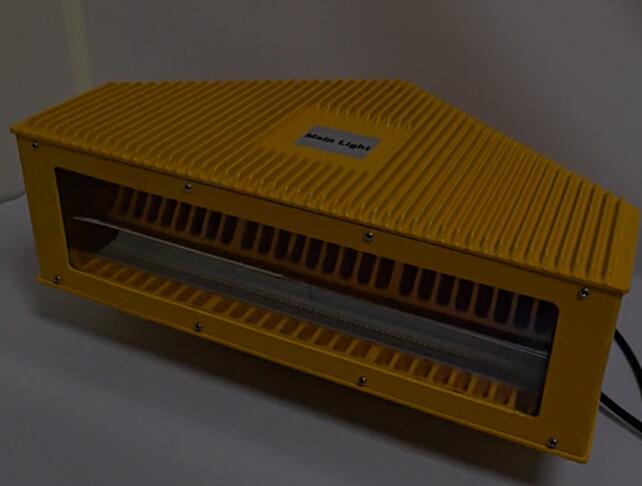
In the realm of aviation, every detail matters. From the design and engineering of aircraft to the management of air traffic, safety is the top priority. One crucial aspect that often goes unnoticed but plays a vital role in aviation safety is obstruction light aviation. These lights are essential for alerting pilots and air traffic controllers to potential hazards and ensuring the smooth flow of air traffic.
Obstruction lights are installed on tall structures such as towers, cranes, wind turbines, and buildings that pose a risk to aircraft. Their purpose is to make these structures visible from a distance, especially during low visibility conditions such as at night, in fog, or during heavy rain. By providing a clear visual indication of the presence of an obstruction, these lights help pilots avoid collisions and ensure the safety of passengers and crew.
The importance of obstruction lights in aviation cannot be overstated. In the absence of these lights, pilots may not be able to detect tall structures in time, increasing the risk of a catastrophic accident. For example, a pilot flying at night may not be able to see a tower or crane without the aid of obstruction lights. If the pilot is not aware of the obstruction, they may collide with it, resulting in loss of life and damage to the aircraft.
856
864
L1
L2
Obstruction lights come in different types and configurations, depending on the height and location of the structure they are installed on. The most common types of obstruction lights are steady-burning red lights, flashing red lights, and white strobe lights. Steady-burning red lights are typically used on structures that are less than 200 feet in height. Flashing red lights are used on taller structures, while white strobe lights are used to enhance the visibility of the obstruction during daylight hours.

In addition to the type of light, the intensity and flash rate of obstruction lights are also important factors. The intensity of the light should be sufficient to be visible from a distance, while the flash rate should be designed to attract the attention of pilots without being too distracting. The International Civil Aviation Organization (ICAO) has established standards for the intensity and flash rate of obstruction lights to ensure their effectiveness and uniformity around the world.
The installation and maintenance of obstruction lights are also critical for their proper functioning. Obstruction lights should be installed at the correct height and location on the structure to ensure maximum visibility. They should be regularly inspected and maintained to ensure that they are working properly and are not damaged or obscured. In some cases, obstruction lights may be required to be equipped with backup power sources in case of a power outage.
The use of obstruction lights in aviation is not only limited to tall structures on land. Offshore platforms, lighthouses, and other marine structures also require obstruction lights to alert pilots to potential hazards. In addition, obstruction lights may be used on aircraft themselves to enhance their visibility during flight. For example, some aircraft are equipped with flashing strobe lights on the wingtips and tail to make them more visible to other pilots and air traffic controllers.

In conclusion, obstruction light aviation is an essential aspect of aviation safety. These lights play a crucial role in alerting pilots to potential hazards and ensuring the smooth flow of air traffic. By providing a clear visual indication of the presence of an obstruction, obstruction lights help prevent collisions and protect the lives of passengers and crew. As the aviation industry continues to grow and evolve, the importance of obstruction lights will only increase. It is essential that all stakeholders, including air traffic controllers, pilots, and owners of tall structures, work together to ensure the proper installation, maintenance, and use of obstruction lights to ensure the safety of all those who take to the skies.